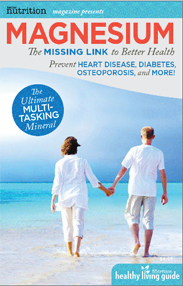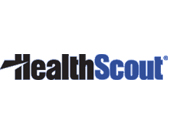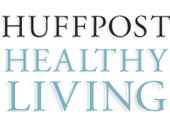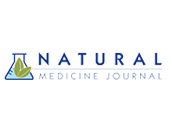Managing PMS
Interview with Sarrah Hallock – Holistic Nutritionist & Health Coach – by Toria Sheffield
1. Get Your Magnesium
“I have seen particularly great results from simply increasing the amount of magnesium in your diet,” Hallock says. “Up to half of Americans are deficient in magnesium and don’t know it, yet this critical mineral is responsible for over 300 chemical reactions in the body!” She notes that magnesium can be an “antidote to stress, eliminate migraines, alleviate constipation, improve your sleep, and is considered the most powerful relaxation mineral available.” So consider incorporating more magnesium-rich foods into your diet, (like “kelp, avocado, dates, almonds, cashews, figs, tofu, brown rice, collard greens, and shrimp”) or take a magnesium supplement.
2. Eat To Control Cramps
Hallock says that PMS affects almost 75 percent of women, and occurs because of monthly hormonal imbalances. However, she also notes that there are ways to prevent discomfort, specifically through what we eat. “Sugars, carbs, dairy, caffeine and alcohol all contribute to hormone imbalance. Cleaning up our diet the week before your period is a big contributor to eliminating PMS symptoms.” So if you’re severely affected by symptoms of PMS, try mapping out when you expect to get your next period and try adjusting what you eat for the week before. You just may reap big benefits — totally medicine free.
3. Keep Your Blood Sugar Stable
This is another tip that helps with PMS but that can also make you feel good all throughout the month. Hallock specifically recommends eating protein and fats at breakfast. “Think eggs, nut butter, avocado or protein shake,” she says.
4. Exercise
And in her final PMS-related tip (but let’s be real, that’s when a ton of us are most likely to reach for more heavy-duty pain relievers), Hallock reminds us to simply get moving. “Although exercise sometimes feels like the last thing we want to do when we have PMS, exercise helps with both the emotional and physical symptoms. So lace up those sneaks and get moving! You’ll feel better once you do!” Hallock says.
5. Find The Right Health Care Provider
This is perhaps Hallock’s most important tip when it comes to natural healing techniques. “One of the biggest misconceptions about holistic medicine is that it is strictly an alternative to conventional medicine. That simply is not true. There is room for both in your health and wellness protocol” Hallock says. She notes that while it may initially be difficult to find a “traditional” doctor who also supports and recommends holistic methods, “It is in your best interest to keep searching and not to settle until you find a health care provider who is open to incorporating holistic care into your health care protocol.”
Newsletter
![]()

Want valuable information regarding the health benefits of magnesium, latest studies, expert interviews,videos and health tips? Enter your name and email address and you can start receiving valuable health information right away.
Featured On:








